Would I like to go to Tulsa? Boy I sure would. Well, let me off at Archer, and I’ll walk down to Greenwood. – Bob Wills, “Take Me Back to Tulsa”
On a pleasant summer evening a few weeks ago, you could have witnessed a sight that wasn’t seen for half a century – hundreds, perhaps thousands, of happy Tulsans doing just what the Bob Wills song says, strolling east along Archer Street in the once desolate, now revitalized Arts District in the north part of downtown.
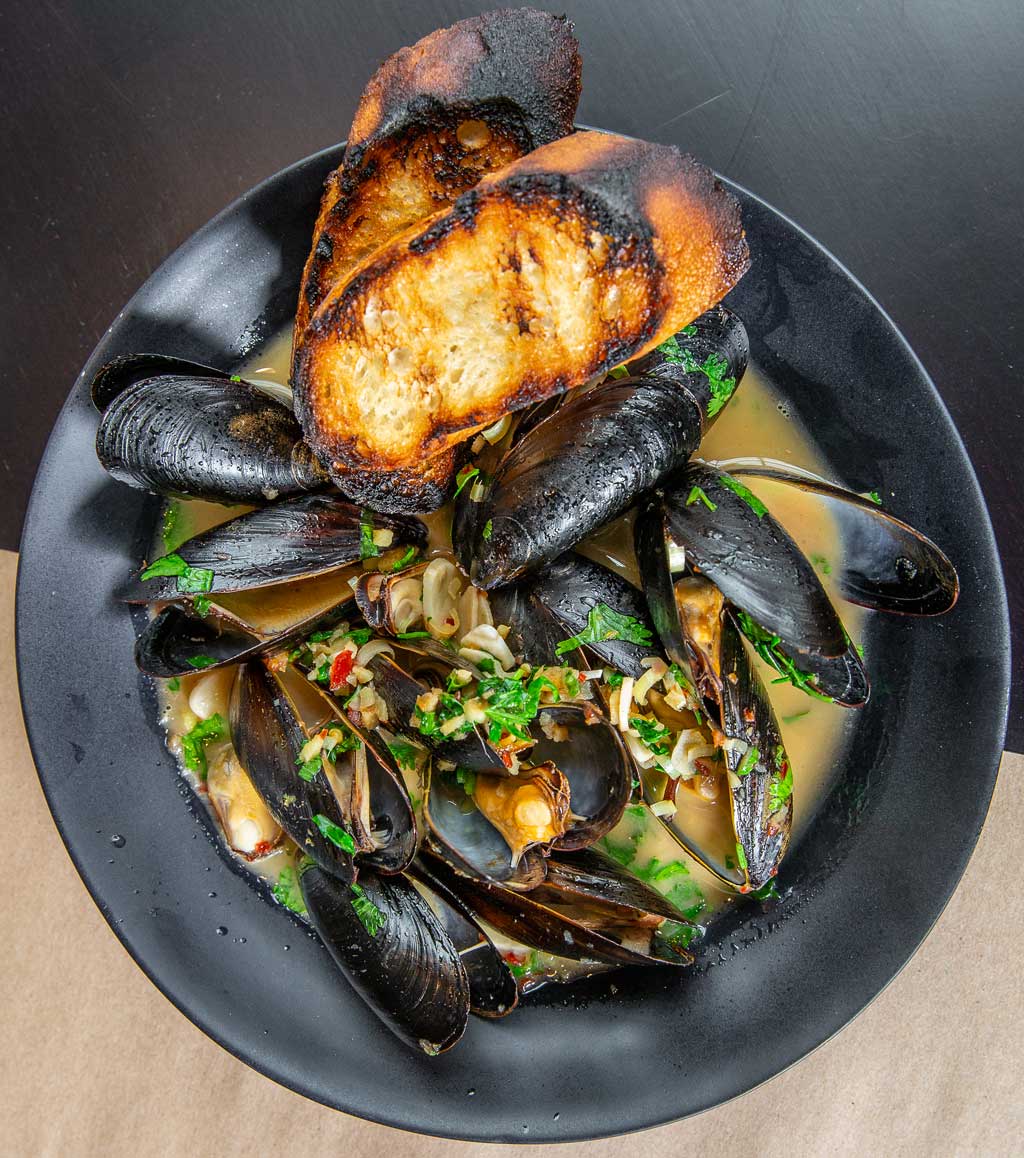
Past some of the many tall apartment buildings being built around Boston Avenue for people eager to live in this pleasant, cosmopolitan neighborhood, past the ultra-modern, metal struts of the Hardesty Arts Center and the lot where the Bob Dylan Center will soon arise, a line of walkers went. And here, just where the neighborhood once ended, they saw before them a long, low-slung, 100-year-old, red-brick building, which has been rebuilt at a cost of over $20 million by the George Kaiser Family Foundation. That’s the organization which has helped to transform a barren tract of abandoned warehouses into a Greenwich Village on the prairie, a mecca for artists and craftsmen (and maybe well-heeled tourists, too).
Pleasant to view, with big, iron-framed windows punctuating the ancient brick, the Archer Building offers subsidized rents to scores of local craft stores (and, on the upper floor, low-rent residences and studios for artists from all over the country). Those strollers on Archer passed an Ecuadorean restaurant, a nationally known chocolate factory, a store selling craft work from local artists, a Vietnamese sandwich shop and Tulsa’s only independent bookstore. Just around the corner was a pleasant patio, where a local jazz band played.
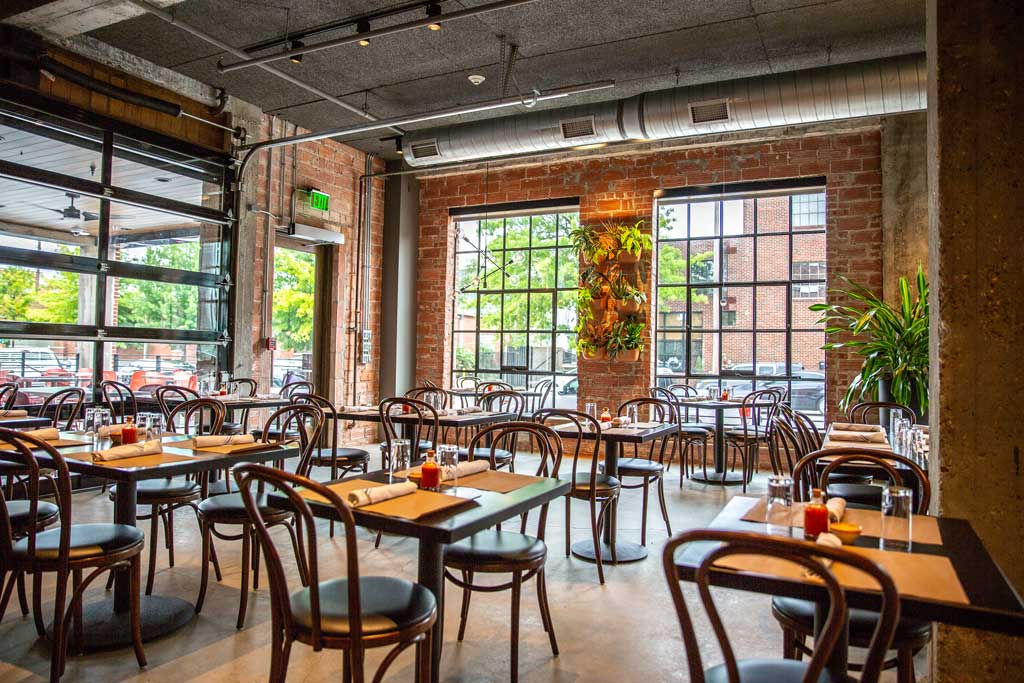
If you’d watched that scene, your attention have would been drawn to a man who flitted from table to table while working the crowds. His carefully coiffed hair and beard and his tortoiseshell eyeglasses made him seem dapper despite his T-shirt and shorts, and there was the hint of the rebel about him. Go back 60 years and you would have pegged him as the owner of a jazz club, the kind of hot, smoky, romantic, basement night club that famous musicians would want to play.
That’s exactly what Tuck Curren is. Down a stone staircase near the patio, Duet Tulsa, just such a club (except not smoky) will be opening to go along with the restaurant.
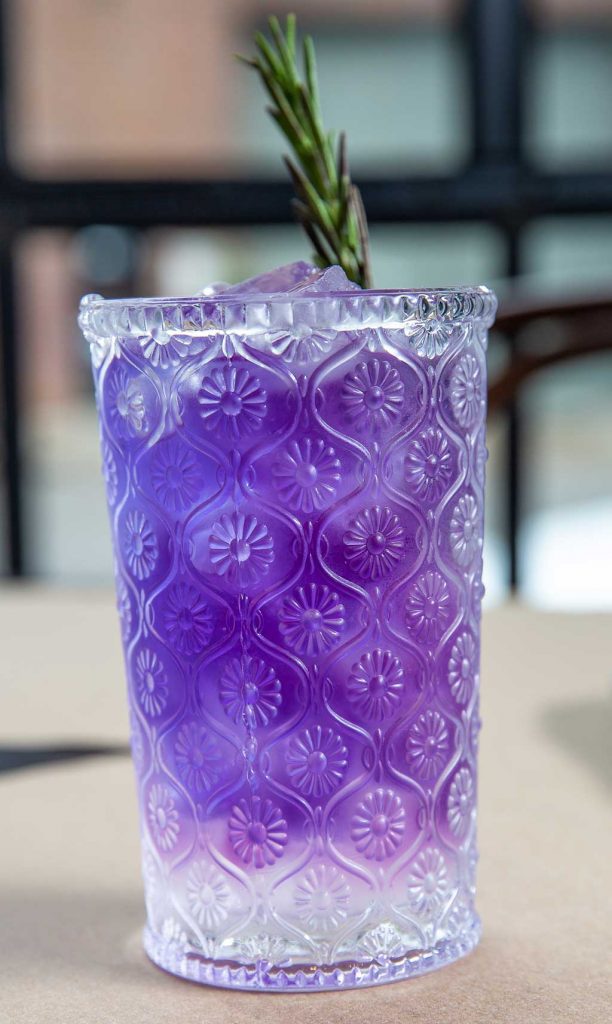
Photo by Josh New
“It’s a wonderful listening room,” Curren says. “You can appreciate music and the sound system is first rate. Musicians will love it.”
Since the acts are booked by the same organization running Gathering Place, famous musicians will inevitably appear.
But let’s ignore the staircase and go through to a high-ceilinged dining room with sun streaming through huge mullioned windows.
“We designed it to have plenty of light,” Curren says. With chandeliers, neon lights and track lighting, it does. There are Thonet chairs and bistro tables and, in the back and behind a counter, you can glimpse the young executive chef intent at her work. She has tattoos and a bright pirate kerchief, and she readily admits it was the flamboyance and pirate swagger of chefs that drew her to the profession.
But that was when Nico Albert was a teenager, and now it’s the artistry and joy of cooking that keep her going. Her dishes are complex and meticulous. She once spent 10 hours making a Oaxacan mole negro just to flavor one component of an entree.
“Nico was the first person I hired, and we’re going to have amazing food,” says Curren, whose wife, Kate, an accomplished chef and designer, had as much input into the decor and menu as anyone.
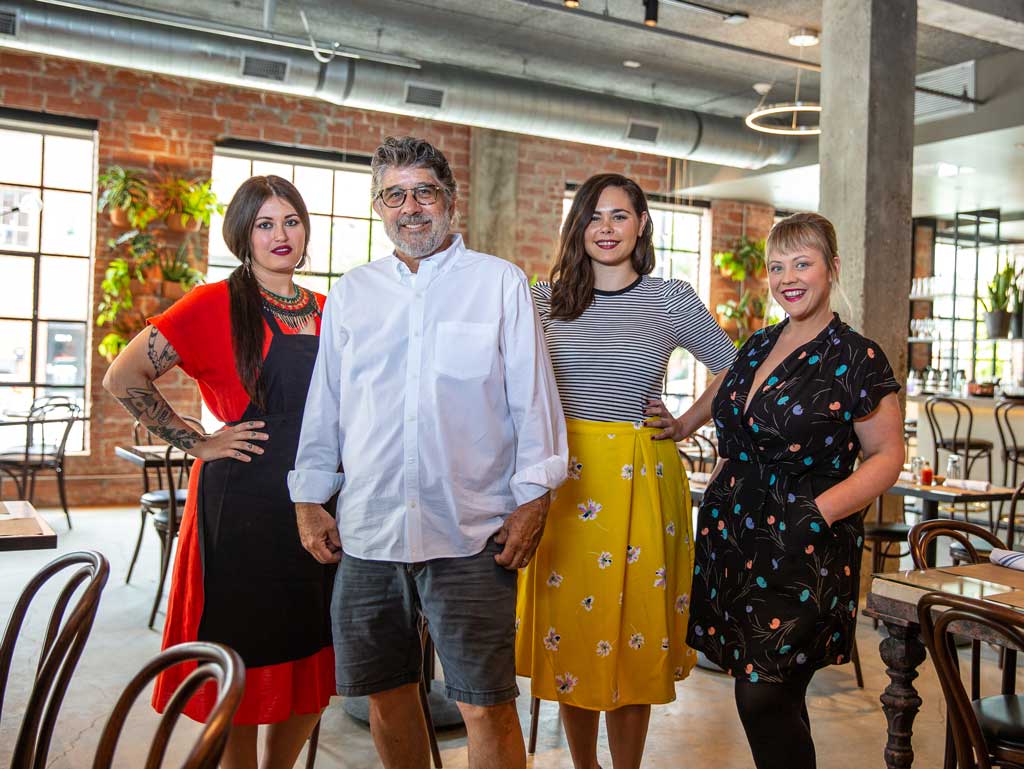
“I love the Yucatan roast chicken,” Albert says. “It’s like a Mexican cochinita pibil, but with chicken instead of pork. I use the traditional achiote marinade, but I use French technique, and I
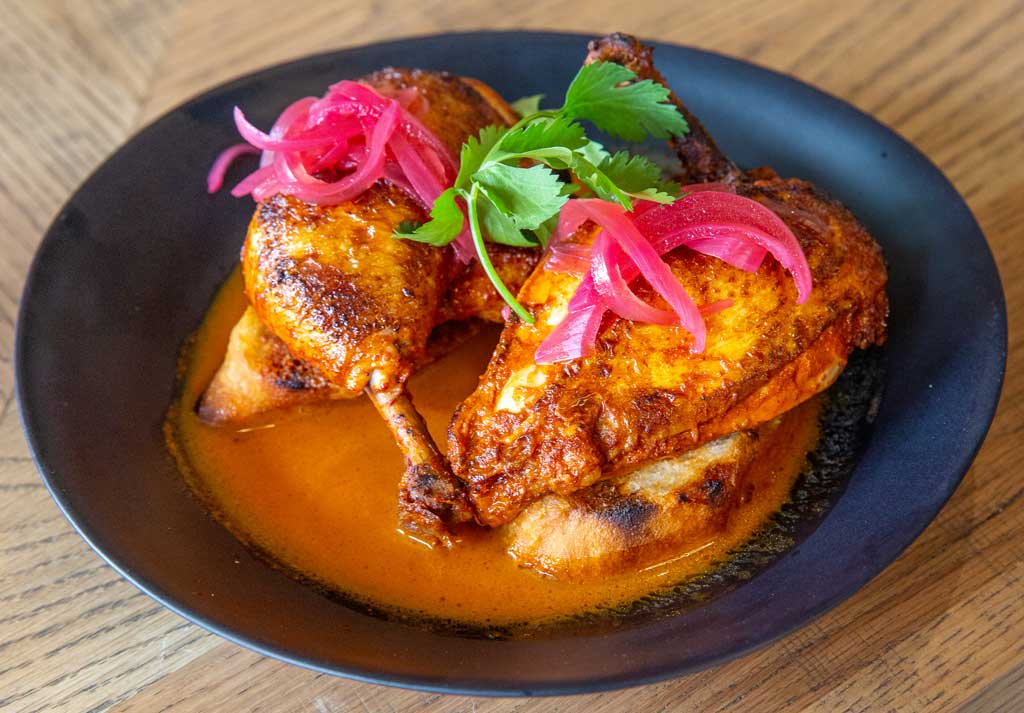
serve it over a baguette. I like to do classic dishes with a twist, components from other cultures – my steamed mussels have Vietnamese and Cajun flavors – new interesting updates. I start from things I like to eat, and I try to make what Tulsans want to eat. I make food they are familiar with, but I try to push them to the edge of their comfort zone and sometimes beyond it.
“I want this to be a neighborhood joint. I want people to stop by for lunch, or on their way home from work. I want to give them, well, not a huge plate, but an abundant and beautiful plate. For me, this is home cooking. This is home.”






















